Call for papers for the conference Linking Places in the Emerging Viking Age in Oslo October 17-18th. The submission deadline is 31st May.
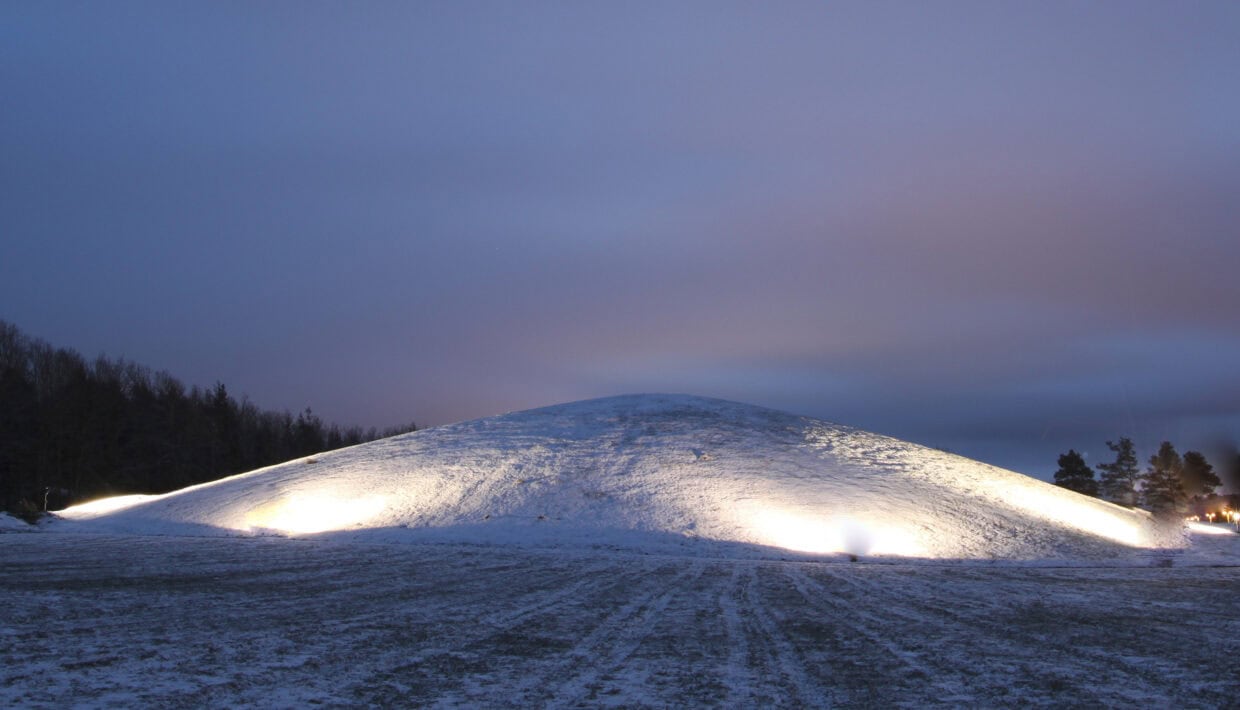

Call for papers for the conference Linking Places in the Emerging Viking Age in Oslo October 17-18th. The submission deadline is 31st May.

Save the date for the conference Linking Places in the Emerging Viking Age on the 17. and 18. October 2024! More information to come early next year.
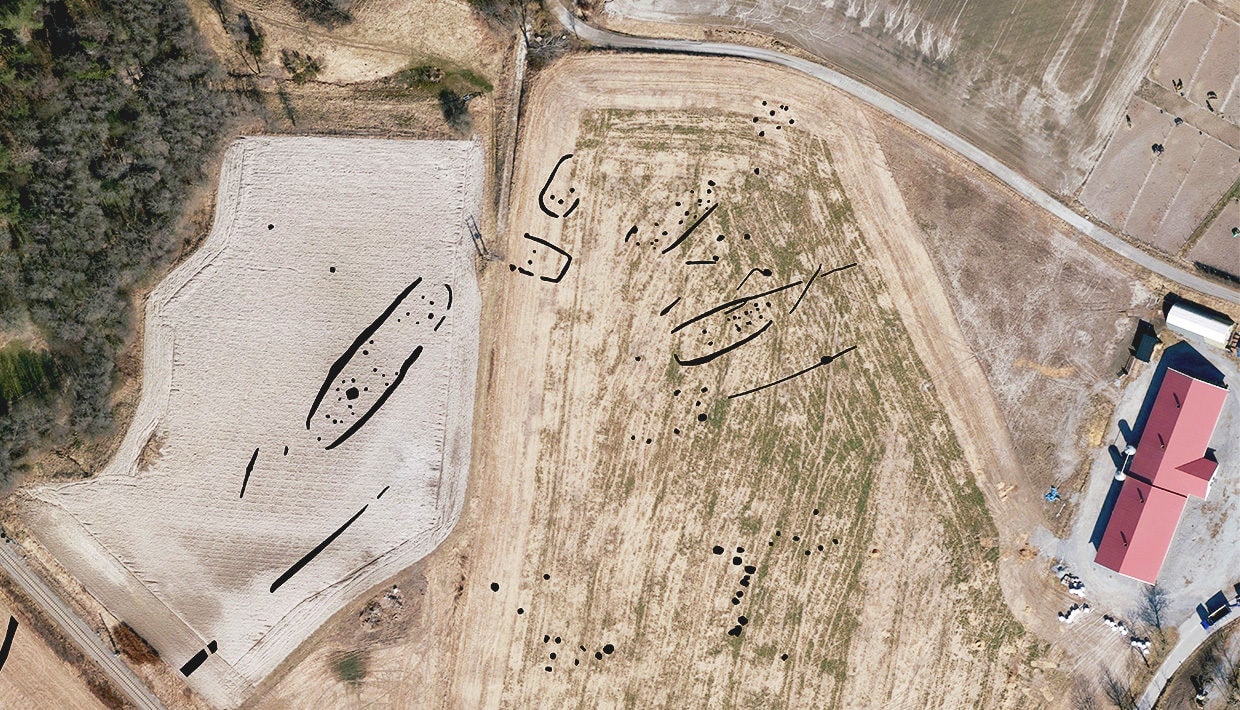
At Gjellestad in Norway, archaeologists from the Norwegian Institute for Cultural Heritage Research (NIKU) have found a 60 metre longhouse. There is no longer a doubt that Gjellestad, where the same team discovered a Viking ship in 2018, has been a central place in the late Nordic Iron Age. In the next few years, researchers will hopefully find the answer to how Gjellestad became such an important place.
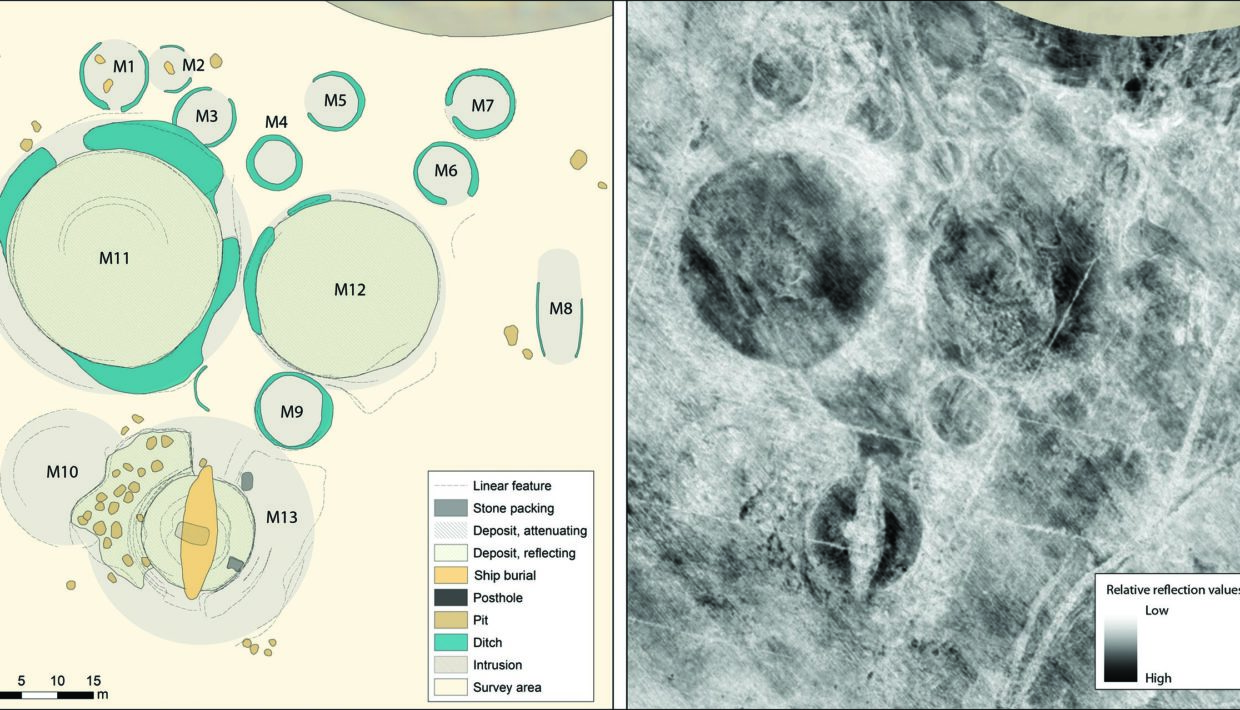
Archaeologists in Norway have identified a previously unknown ritual centre, including a feast hall, cult house, and ship burial.
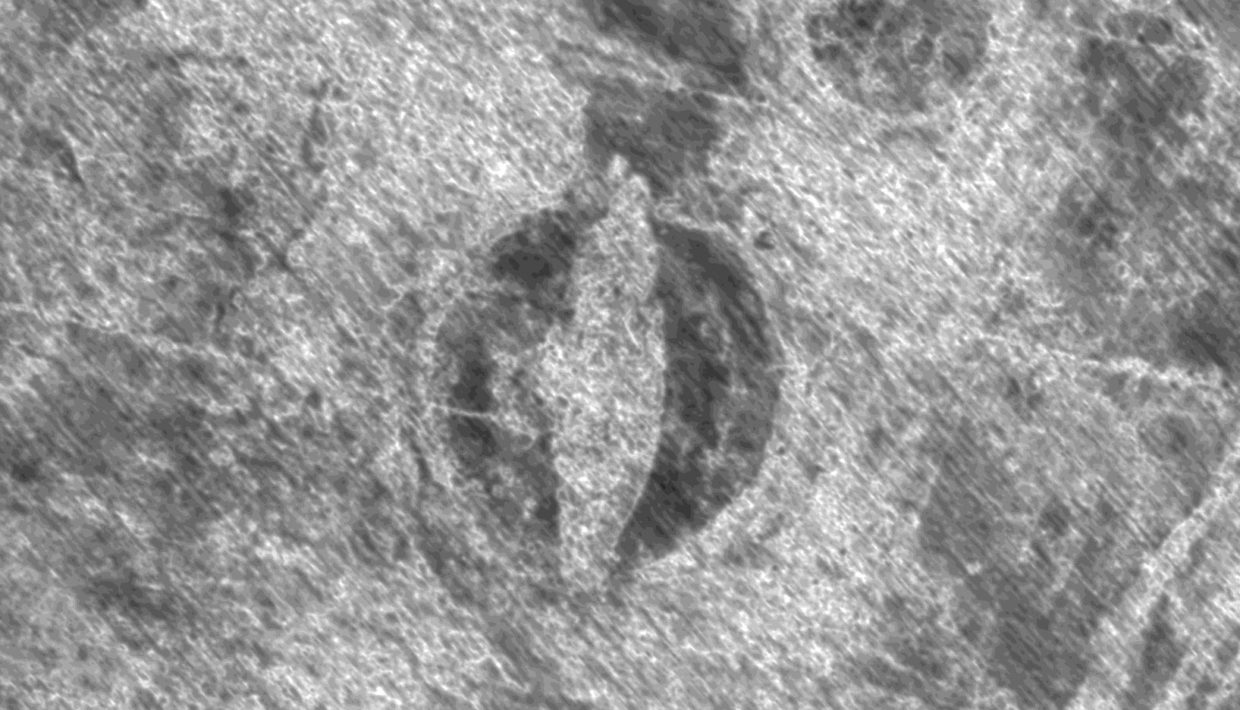
"This will be exciting for all of us, regardless of whether you are an archaeologist or just have a medium interest in our past," says Viking ship expert Knut Paasche.

The Gjellestad Ship is quite clearly from the Viking Age, the Museum of Cultural History said today. “The investigations happily confirm our hypothesis from 2018, when we found the ship by ground-penetrating radar (GPR),” says Knut Paasche, head of NIKU’s department of digital archaeology.

Next week archaeologists will open trenches at the site of the Gjellestad Ship.

With the help of newly developed motorised georadar systems, NIKU's archaeologists did some major discoveries at Gjellestad - including a Viking Ship. But how does the technology work and what will happen next?
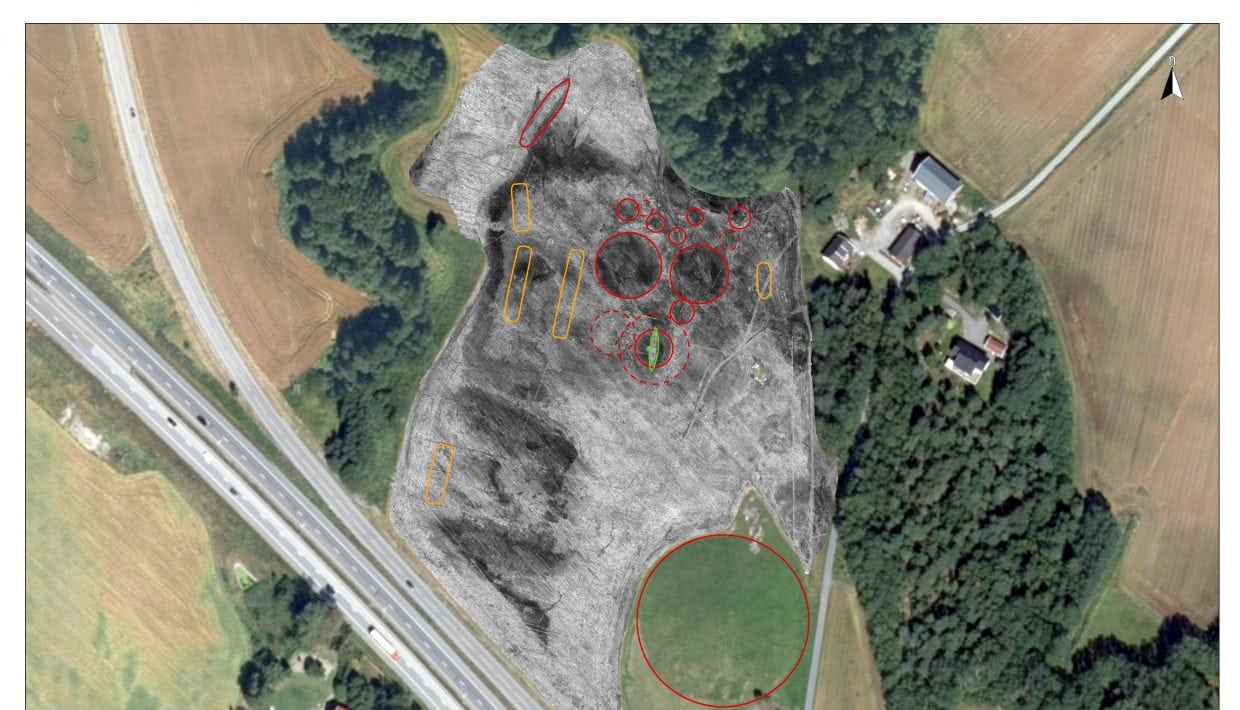
Here is a short film about the ship find.
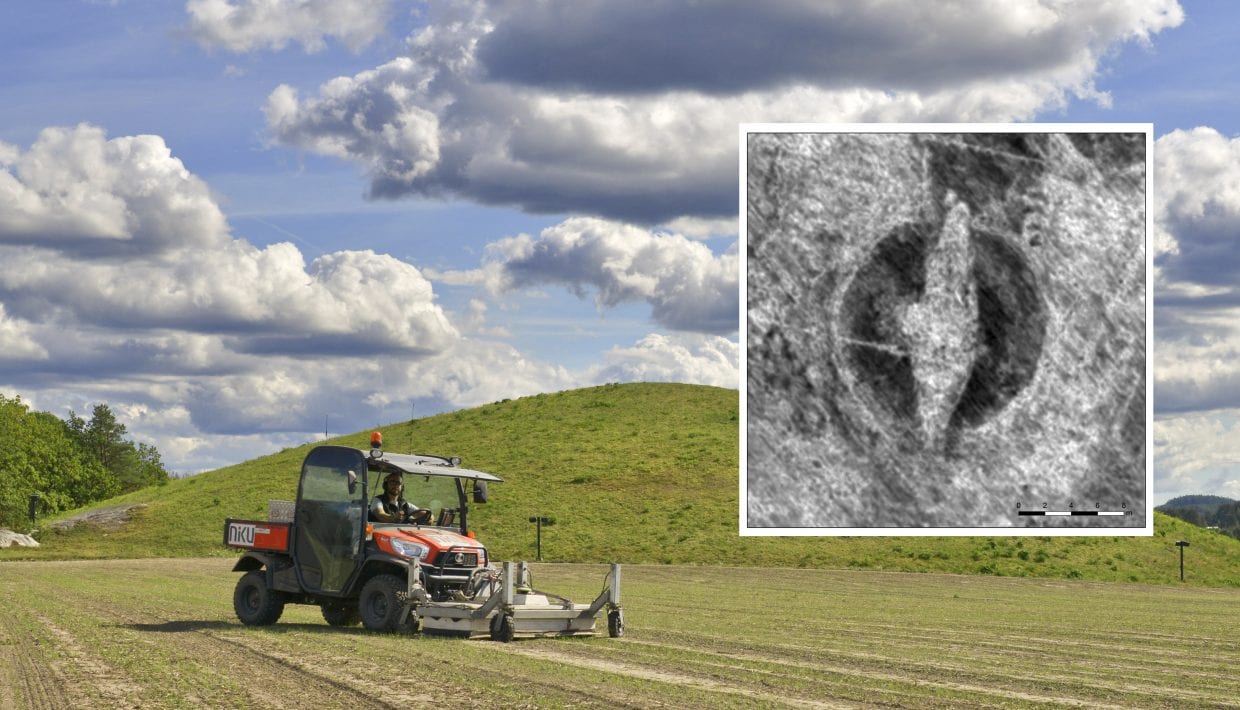
Archaeologists armed with a motorized high resolution georadar have found a Viking ship and a large number of burial mounds and longhouses in Østfold County in Norway.